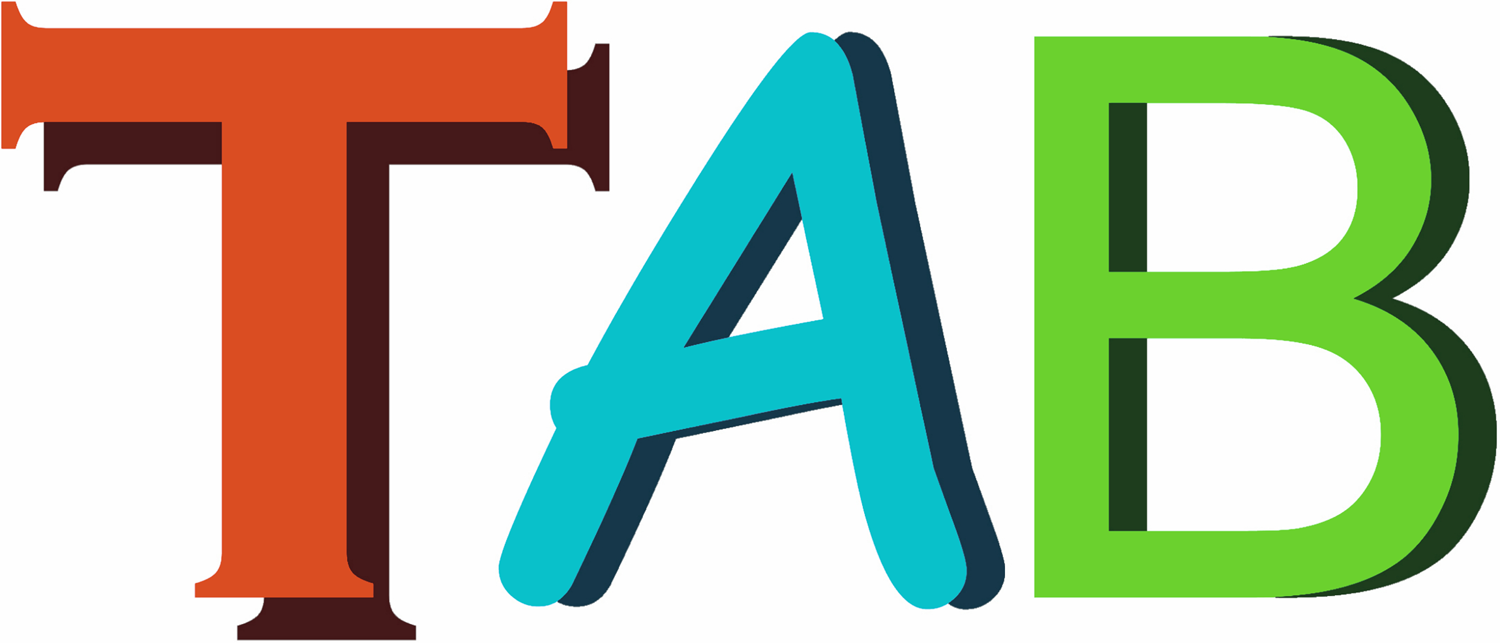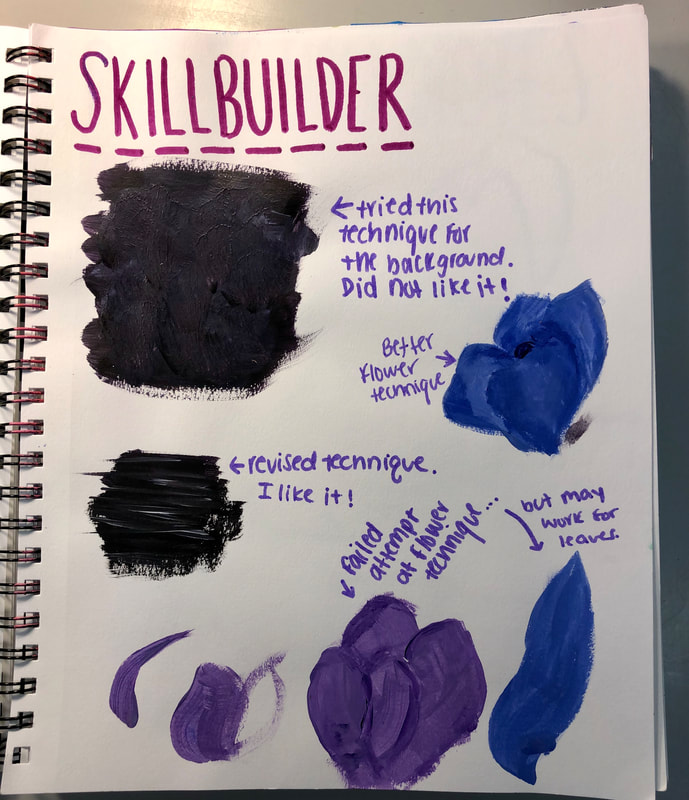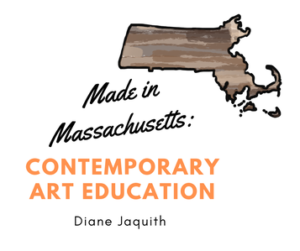By Pam Ehrenreich
Some of the best ideas come from when we listen to our students. It can be something as simple as where to post an essential question to completely revamping how teachers present information. I am fortunate, my entire high school Art department is made up of teachers implementing the TAB philosophy, creating a learner-centered studio environment for our art students from Fundamentals through AP. In fundamentals we offer skill builders (also known as bootcamps) to introduce students to a variety of media, techniques, idea development, and how to work through the artistic process. We have created studio environments where artists can work on developing their ideas. I teach my students how to be reflective and model my own reflection of my teaching practice. Recently, several students in one of my advanced classes asked why I give them choice in just about everything except their skill builders. My first reaction was to explain that they needed to learn certain skills and techniques in each art course. Afterwards, I started to reflect and realized that maybe I was doing my upper level students a disservice by taking that choice away from them. Why did I choose those specific skill builders for each unit, and was this helping my students? Was it necessary that everyone did the same skill builder at the same time if they weren’t going to use that technique in their own work at this time? I realized that if I was allowing students to develop their own ideas at their own pace, I should allow them to decide what they felt they needed to successfully create their artwork.
I thought about all the different materials and techniques I introduce to my upper level students, some are new and some expand on their previous art courses.
I realized that I was making students complete certain skill builders, but never required them to use the new skill or technique in their personal work.
Yes, they tried some new things they might not have tried otherwise or learned of a new material, but maybe my upper level students needed a better way to gain the knowledge that was useful for them. Perhaps I was wasting their time! I needed a new way to introduce materials and techniques that was more meaningful for my students and a better use of their time.

My first attempt was to offer students choices in the skill builder they would complete. My students were hesitant to combine materials, so their next skill builder allowed for experimentation in combining materials to create mixed media pieces. Students could choose to work 2D or 3D and follow different prompts based on the materials they selected. This was a step in the right direction as students were happy to decide which skill builder met their needs. More students started to use what they had learned moving forward with their work. Still, I knew I could make skill builders even more personalized, but how?
Enter implementation of the Design Your Own Skill Builder.
The first thing I did was create a list of all available media and materials. I used our school’s LMS (Schoology) to set up skill builder folders by media instead of themes or artistic behaviors. I included a folder identified as Additional Requests, since I knew my students would come up with a material, technique, or media we didn’t have yet or had not considered. Resources included anchor charts, videos I had created or gathered from other sources, artists links, and other handouts. I accepted that this new format would be a work-in-progress, much like when I first implemented choice many years ago. I let go of the idea that I needed everything to be “done” and that this new skill builder format would become fluid, based on my students’ needs. I modified planning requirements to include a section for students to identify what they needed to learn or practice. This became the starting point for creating their own skill builders.
As always, I meet with students to discuss their ideas, but now we also focus on what they really needed to learn or practice to create their ideas. I was amazed at how my students were able to articulate what they wanted or needed to learn. I was even more amazed how they applied what they learned or practiced in their personalized skill builders to their work, which, in the past, was the missing link in how students were using skill builders. My students are artists who solve problems, the classroom is their studio, and they are identifying and developing the skills they need to succeed in their work.





